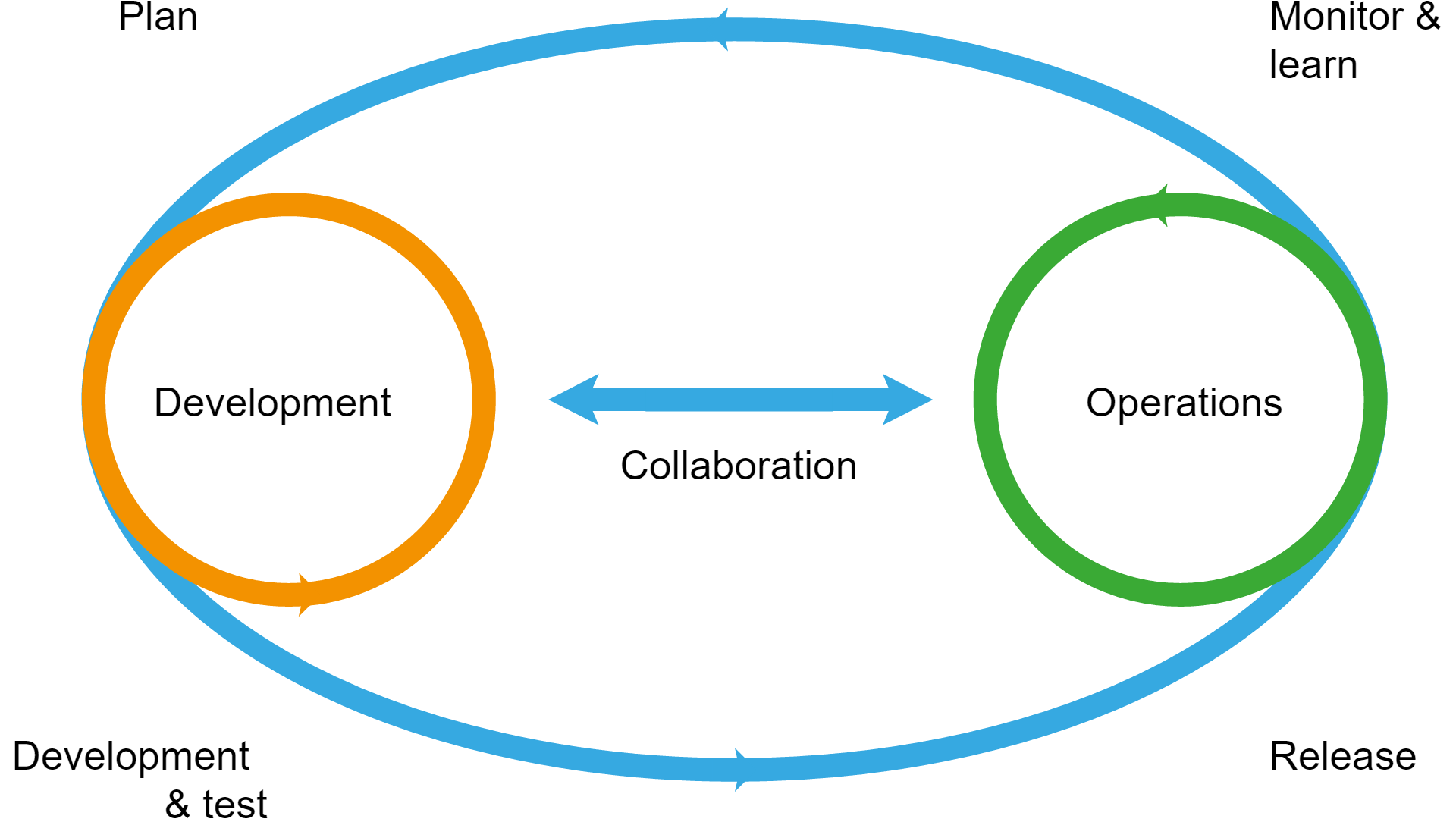ALM vs DevOps
Both Application Lifecycle Management (ALM) and DevOps is improving software quality and developer productivity. ALM strives to cover the entire existence – from initial design to decommissioning of an application, regardless what methodology (read Agile) is used.
| Criteria | Application Lifecycle Management (ALM) | DevOps |
| Definition | A systematic approach to managing the lifecycle of a software application from inception to retirement. | A cultural and technical movement aimed at enhancing collaboration between development and operations teams to improve software delivery and reliability. |
| Focus Areas | Requirements management, design, development, testing, deployment, maintenance, and retirement. | Continuous integration, continuous delivery (CI/CD), automation, monitoring, and feedback. |
| Processes Involved | Involves structured methodologies like Agile, Waterfall, or hybrid approaches throughout the software lifecycle. | Emphasizes iterative, incremental development and operations with practices like Agile and Lean. |
| Tools Used | ALM tools include requirements management (e.g., JIRA), design (e.g., Enterprise Architect), testing (e.g., TestRail), and project management (e.g., Microsoft Project). | DevOps tools focus on CI/CD (e.g., Jenkins, GitLab CI), infrastructure as code (e.g., Terraform, Ansible), and monitoring (e.g., Prometheus, Grafana). |
| Collaboration | Encourages collaboration across various teams: business analysts, developers, testers, and project managers. | Encourages a collaborative culture between development and operations, breaking down silos to increase efficiency. |
| Goal | Aims to deliver high-quality software that meets user needs throughout its lifecycle, ensuring proper governance and compliance. | Aims to improve deployment frequency, lead time, mean time to recovery (MTTR), and the overall quality of software applications. |
| Security Considerations | Typically focuses on security during the development and deployment phases, along with compliance and governance aspects. | Integrates security practices into the development process (DevSecOps), emphasizing security as a shared responsibility. |
| Feedback Mechanism | Relies on formal reviews, testing phases, and post-deployment evaluations for feedback on process and product. | Utilizes continuous feedback loops from operations and users to inform development and deployment practices. |
| Cultural Impact | Involves a formalized approach to software development, potentially leading to slower response times to change. | Fosters a culture of collaboration and shared responsibility, encouraging continuous improvement and adaptability. |
| Life Cycle Stages | Defines stages from concept through development and maintenance to end-of-life, often categorized in a linear fashion. | Views the software development life cycle as an ongoing set of practices, with no distinct end, focused on iterative improvement. |
This table provides a clear side-by-side comparison of ALM and DevOps in the context of application lifecycle management, highlighting their differences and similarities.
ALM Governance focus the discipline of asset management of software assets and this process becomes increasingly important as organization grow, mature and collect more software assets. ALM provides effective processes and guidelines for onboarding new technologies and applications as well as retiring those that have served their purpose.
ALM can also include:
- Business Management
- Security
- Compliance
- …
See also Agile, Architecture
External links:
- Understanding ALM vs DevOps – buckleyPLANET — buckleyplanet.com
- A quick summary of the overlaps and differences between application lifecycle management (ALM) and DevOps.
- ALM vs DevOps: Differences in Software Delivery - StudioLabs — studiolabs.com
- Explore ALM vs. DevOps in software delivery. Understand their roles, processes, and contributions to efficient software development and deployment.
-
- Listen to this article The idea of ALM (Application Lifecycle Management) was coined much before the appearance of DevOps. Dev + Ops is the result…..

